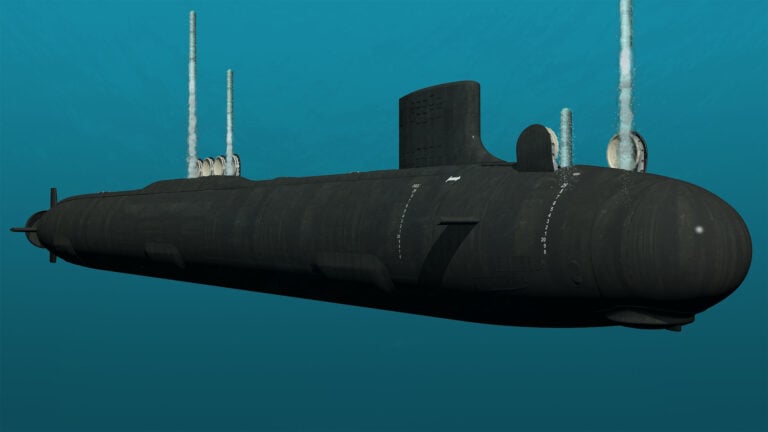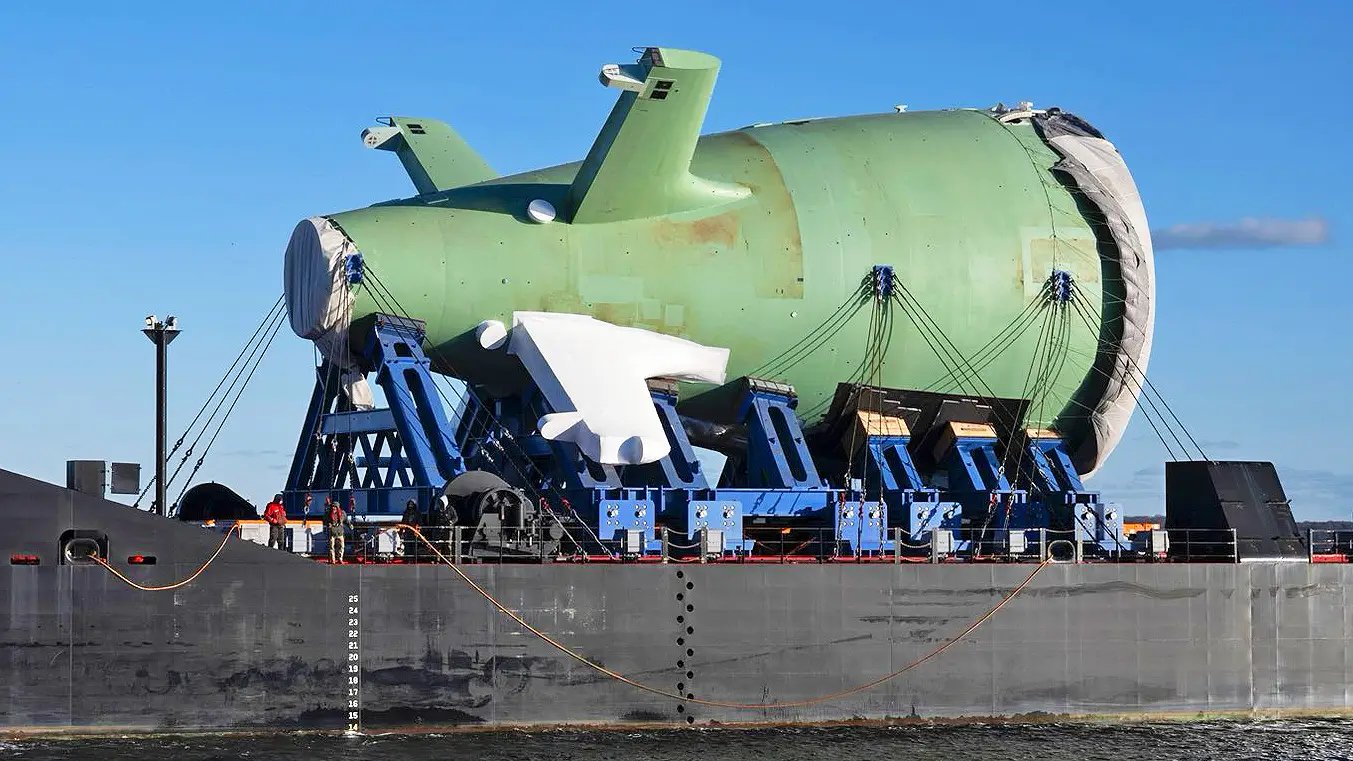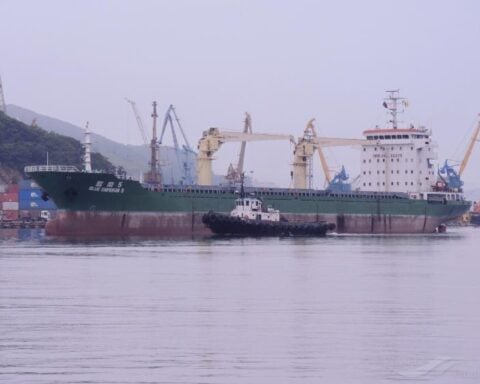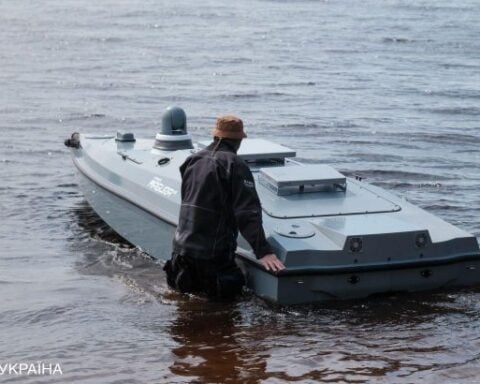
The questions on how to modify Virginia-class attack submarines to install nuclear-armed sea-launched cruise missiles and how much the changeover would cost are not easily answered, the Navy’s director of strategic systems programs told a key Senate panel this week.
Vice Adm. Johnny Wolfe on Wednesday, “we’ve started to look at that” and “we’ve asked for flexibility.” He added, “it would be premature to give a cost estimate of the modification.”
Sen. Mark Kelly (D-Ariz.) wondered if the modification meant “we would be giving up something we really need” – torpedoes against a larger navy for a weapon meant for deterrence. He also questioned the cost to other strategic weapon programs if the project moves forward.
In his prepared testimony to the Senate Armed Services strategic forces subcommittee, Wolfe said his office “is also supporting ongoing discussions between the administration and Congress on options to execute the SLCM-N program in a manner that balances cost, deterrence value, and risk to the program of record and the Joint Force. Executing this program successfully will require careful balancing of SLCM-N programmatic manning with ongoing Navy programs, which draw from a limited pool of experienced government personnel and the same nuclear weapons industrial base.”
Wolfe added in both oral and written testimony that a new office has been established under his control for nuclear-armed sea-launched cruise missiles to address these issues.
Ranking member Sen. Deb Fischer (R-Neb.) said, “we have to have different options” when faced with two potentially nuclear-armed adversaries.
“There is no one solution,” to deterrence, Wolfe said during the hearing. From an operational perspective, he added, “you have to be careful to separate” the nuclear use from conventional. The answer came in response to Russian military doctrine of “escalate to de-escalate” which would allow the use of tactical nuclear weapons in regional conflicts.
“Nuclear modernization will take time,” Wolfe added, referring to weapon systems, platforms and infrastructure.
Marvin Adams, deputy administrator for defense programs at the National Nuclear Security Administration, said “we don’t have a lot of margin” to accomplish that. With many production lines just now reopening after years of being shut down, the answer has been to reuse components after certification until the industrial base can come up to speed.
Wolfe said in the case of transitioning from the Ohio class, “we made the decision [to] take those assets [missiles] and move them to Columbia.” He added the Navy is prepared to extend the service life of the weapon systems and Ohio-class submarines themselves if the Columbia program runs into delays.

Delays in Columbia program’s progress also have implications for the United Kingdom’s ballistic-missile submarine modernization effort.
Wolfe in his prepared testimony added that the Navy “must ensure the ‘no fail’ [sea-based strategic deterrent] mission is supported on the Ohio Class through 2042, providing a reliable Trident II D5/D5LE weapons systems with W76 and W88 warheads until this final ship of the class is decommissioned. In parallel, [the Strategic Systems Program’s] efforts and collaboration with the UK through the [Polaris Sales Agreement] will support the U.K.’s Continuous At Sea Deterrence through Vanguard class life and the transition to a Dreadnought class SSBN fleet.”
Earlier this month, another Senate panel expressed concern over the current delays in the Columbia build program and the delivery of Virginia-class attack boats to Australia as promised in the Australia-United Kingdom-United States (AUKUS) agreement.
The chairman’s mark scrapped the Navy’s request for authorization to build just one Virginia-class in the Fiscal Year 2025 budget and called for two, adding $1 billion to the ask.
In prepared testimony, Adams said, nuclear reactors for the Columbia-class and Virginia-class submarines remain on schedule.
“To date, lead ship reactor plant components [for Columbia] have been delivered on time and the reactor core is on track to support lead ship delivery. The FY 2025 budget includes $45.6 million to continue reactor plant design, fabrication, and safety analysis work required for lead ship reactor testing. Additionally, Naval Reactors will soon commence lead ship motor module testing of the electric drive propulsion system at the compatibility test facility” in Philadelphia, Adm. Willia Houston, deputy director of Naval Reactors, said in prepared testimony.




